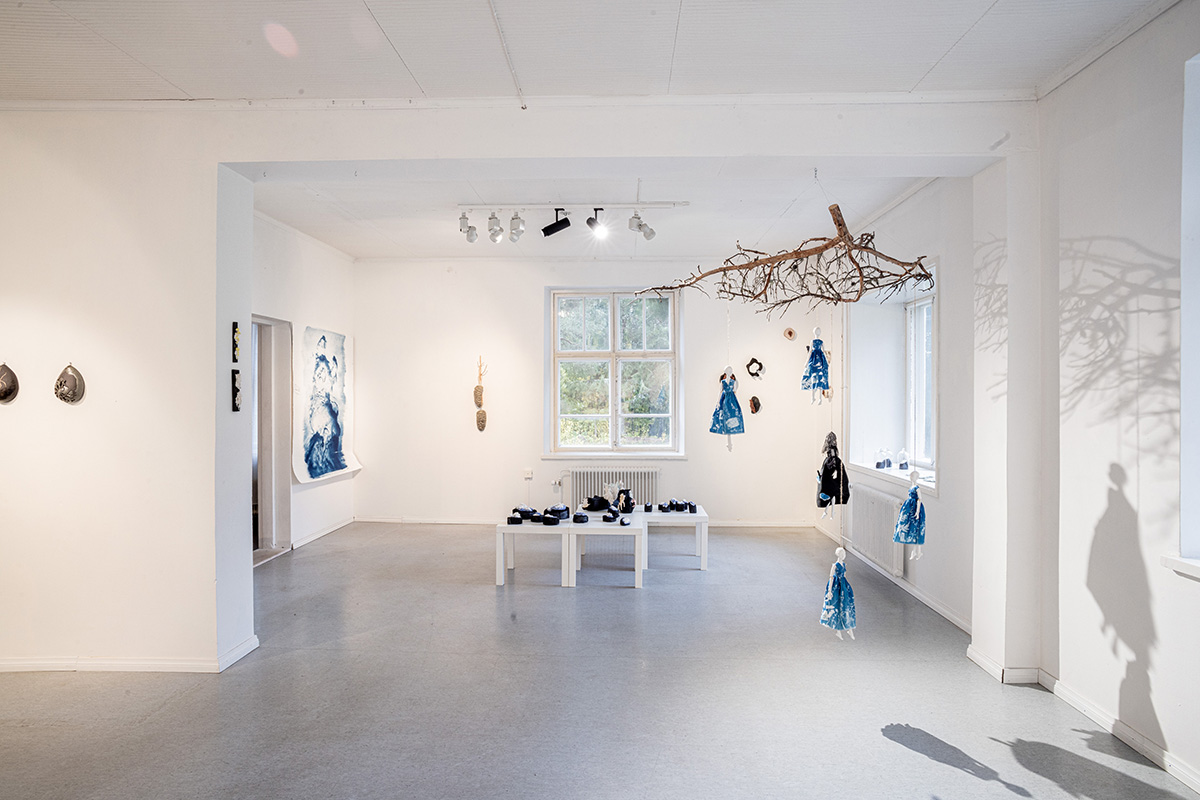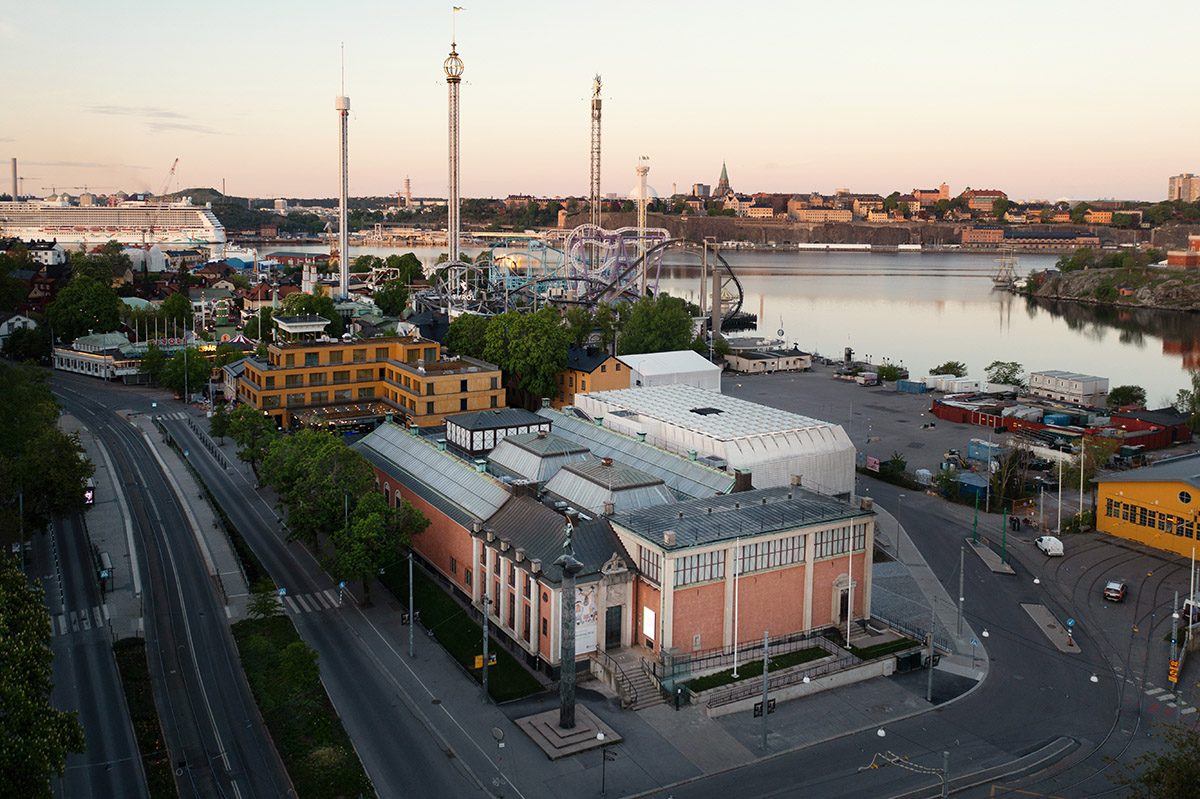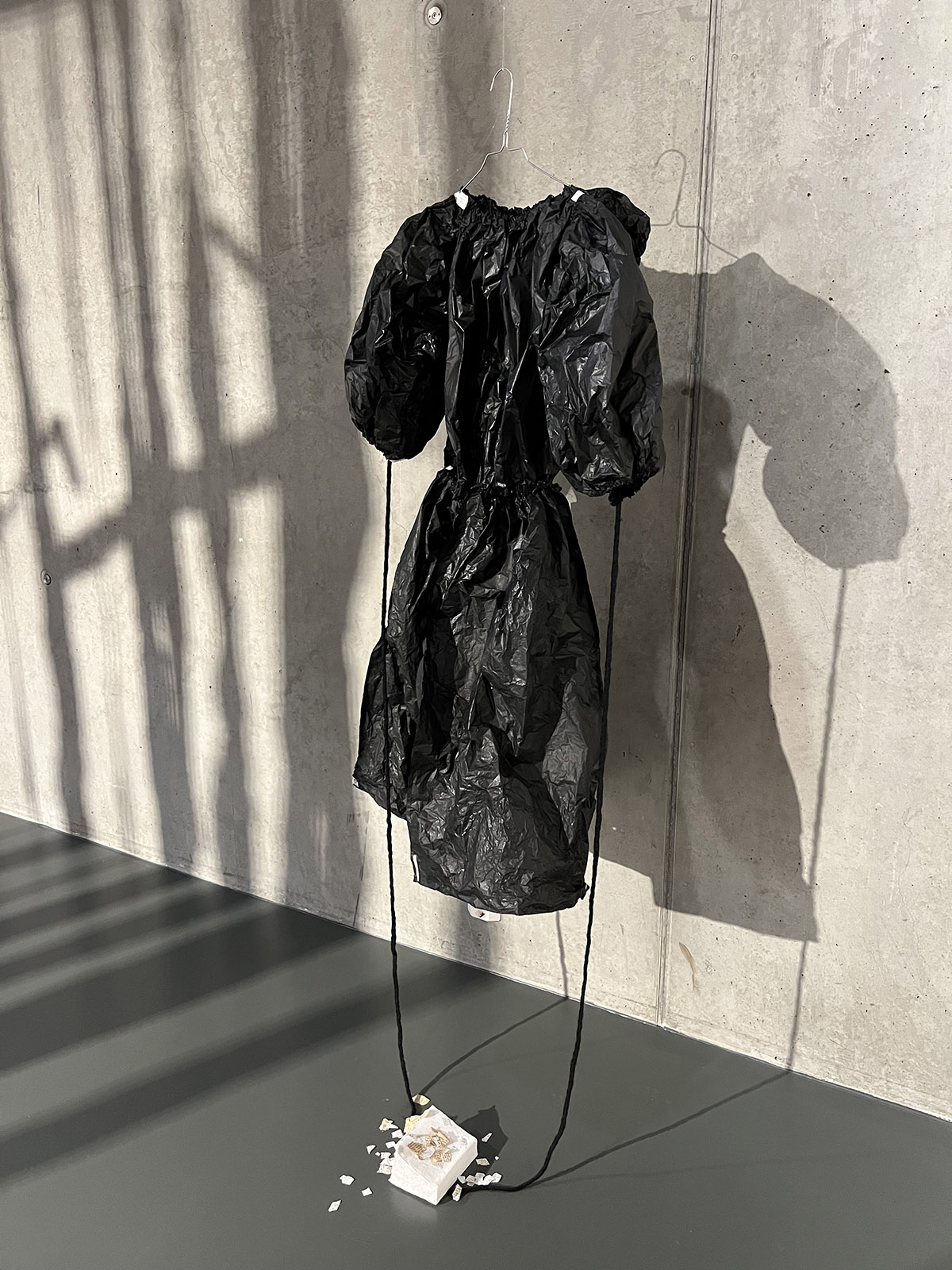Gro Mukta Holter: Forging a Path through art
By Eva-Kristin U. Pedersen | Photos: Gro Mukta Holter
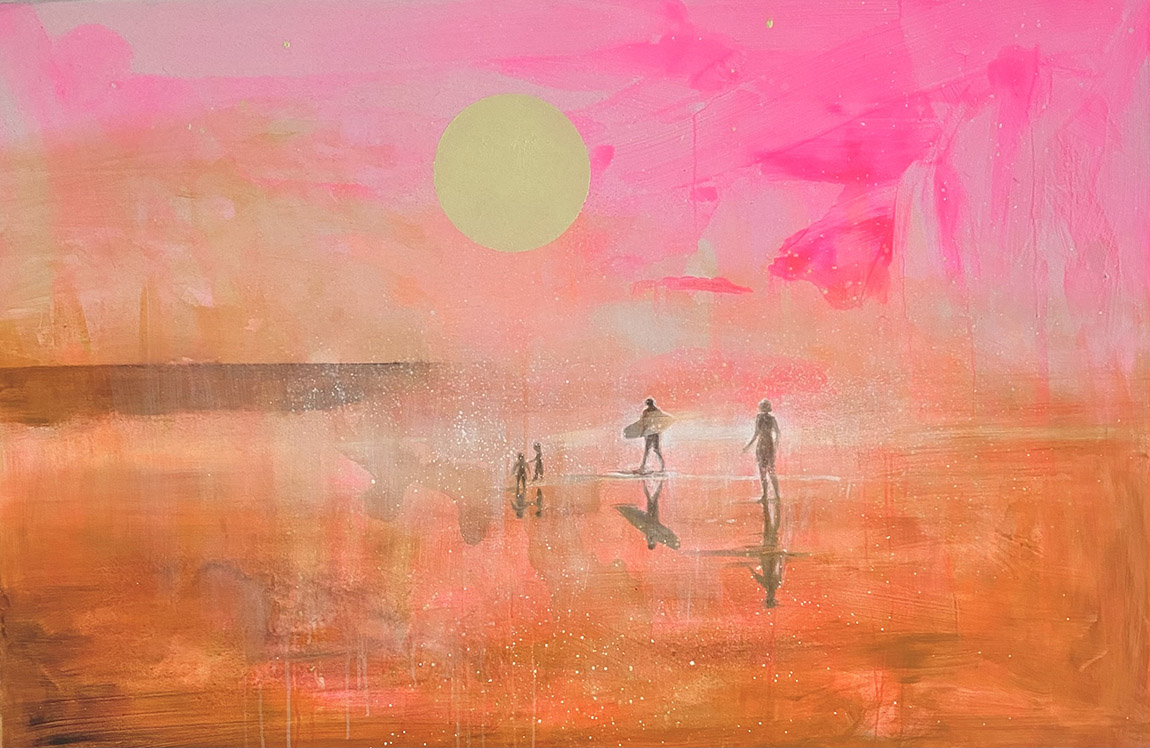
Holter’s art is expressive and thoughtful.
As a child, Gro Mukta Holter wanted to cure her mother’s illness by painting. That proved impossible, but it gave her art a distinctive edge from an early age.
“I guess I just never stopped painting,” Holter says of her childhood passion. At six, she realised that painting helped her cope with her mother’s serious illness, and aged 15 she exhibited her art at a gallery at Ormelet, Tjøme – selling out the entire exhibition.
Holter’s professional path was clear early on. At 17, she moved from Nøtterøy to Oslo to study art, even turning down an offer to study with the renowned Norwegian painter Odd Nerdrum.
“It was a huge decision, but I wanted to forge my own path. I knew I had to deepen my academic knowledge to build a lasting foundation for my career, which meant doing things the hard way and learning everything I could,” she explains. “I was so young when I first realised I could make money from my art.”
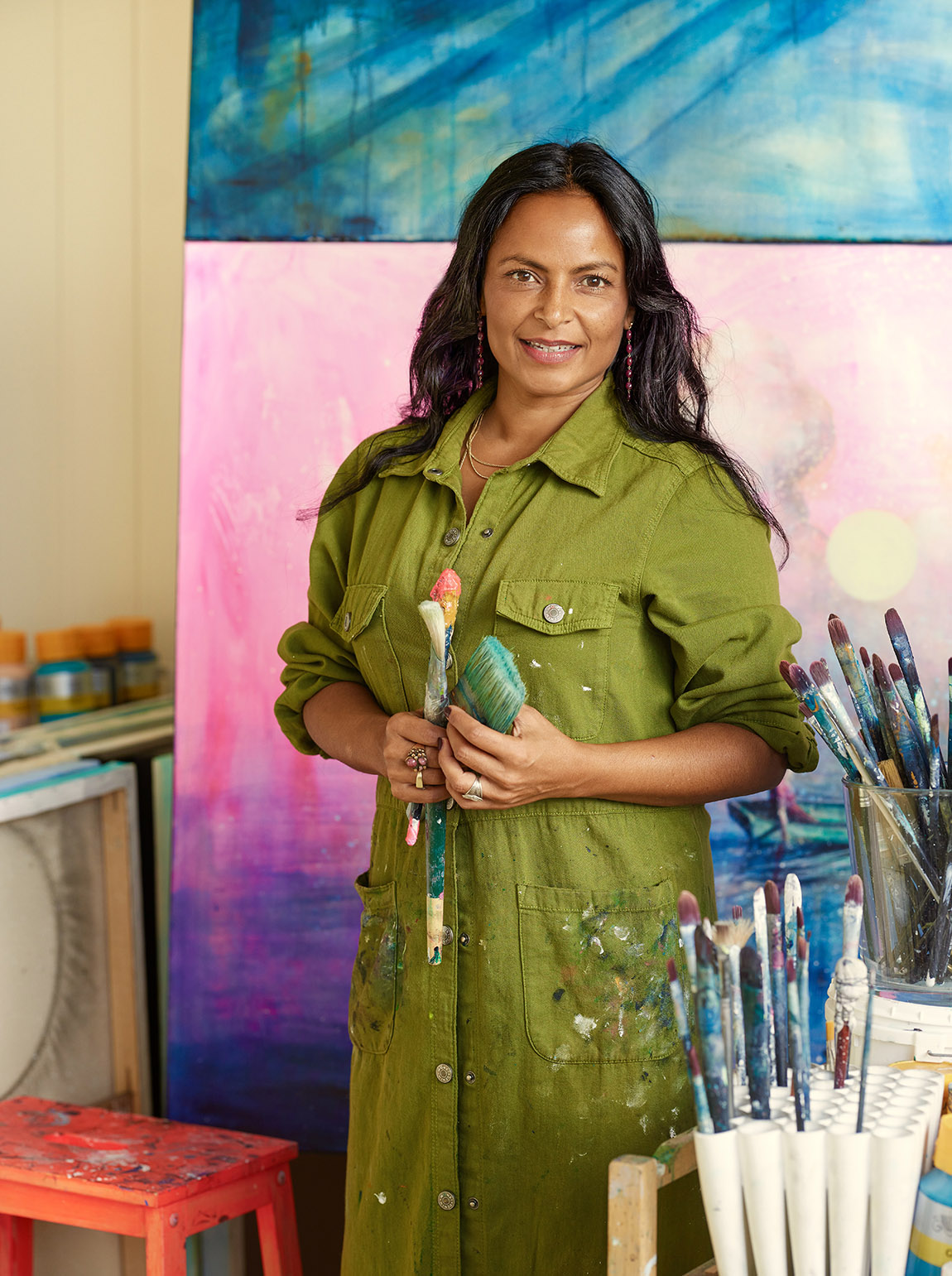
Gro Mukta Holter. Photo: Gry Traaen
Conceptual experimentation
Determined to enter Kunsthøgskolen in Oslo (Norwegian College of Arts), she completed three years’ worth of studies in twelve months, earning her an Upper Secondary School Certificate. “I wanted to be the first in my family to finish higher education,” she notes, completing her Master’s Degree just weeks before her mother passed away in 2003.
As a student, Holter explored conceptual art and identity – she was adopted as an infant from Dhaka, Bangladesh, to Norway. “It was interesting, but eventually I felt more like a researcher. After having my own child, I realised that I needed to do what I genuinely wanted. It was liberating.”
Holter also challenges the patriarchal structures within the art world. “I breastfed through the nights before my first major solo show and earn more than most male colleagues. I’ve tripled my turnover, and that financial freedom lets me keep working – while also creating jobs.”

Holter started painting as a young child.
Solid craftsmanship
Themes such as existentialism and the exploration of a deeper understanding of psychological mechanisms from birth to death are central to Holter’s work. And while aesthetics is at the heart of her art, the mastery of craftsmanship is equally important.
Since 2019, Holter has divided her time between Norway and Tuscany, where she and her partner bought a house that also serves as a workspace. There, she refines old graphic techniques. “In an age flooded with AI-generated posters, it’s wonderful to work by hand. We use no screens, everything centres on the craft,” she says.
Holter believes that serious artistry requires structure and hard work. “Portraying artists as bohemians discredits all the effort I put in. I typically start at 6am and rarely take breaks – it’s all part of my large body of work.”
Her dedication has brought her art to dozens of galleries and exhibitions across Norway. She collaborates with around 45 galleries nationwide and regularly exhibits elsewhere, also hosting events at her studios. Holter is also not afraid of challenges; her current exhibition features paintings nearly twice her own size.
“I just finished installing 14 two-meter-high shelves in my 100 square metre Oslo studio, lifting hundreds of kilos in a week. Physical strain helps me release grief – and proves that stereotypes about petite women are wrong. When the process is so physically demanding, the art emanates even more energy,” she smiles.
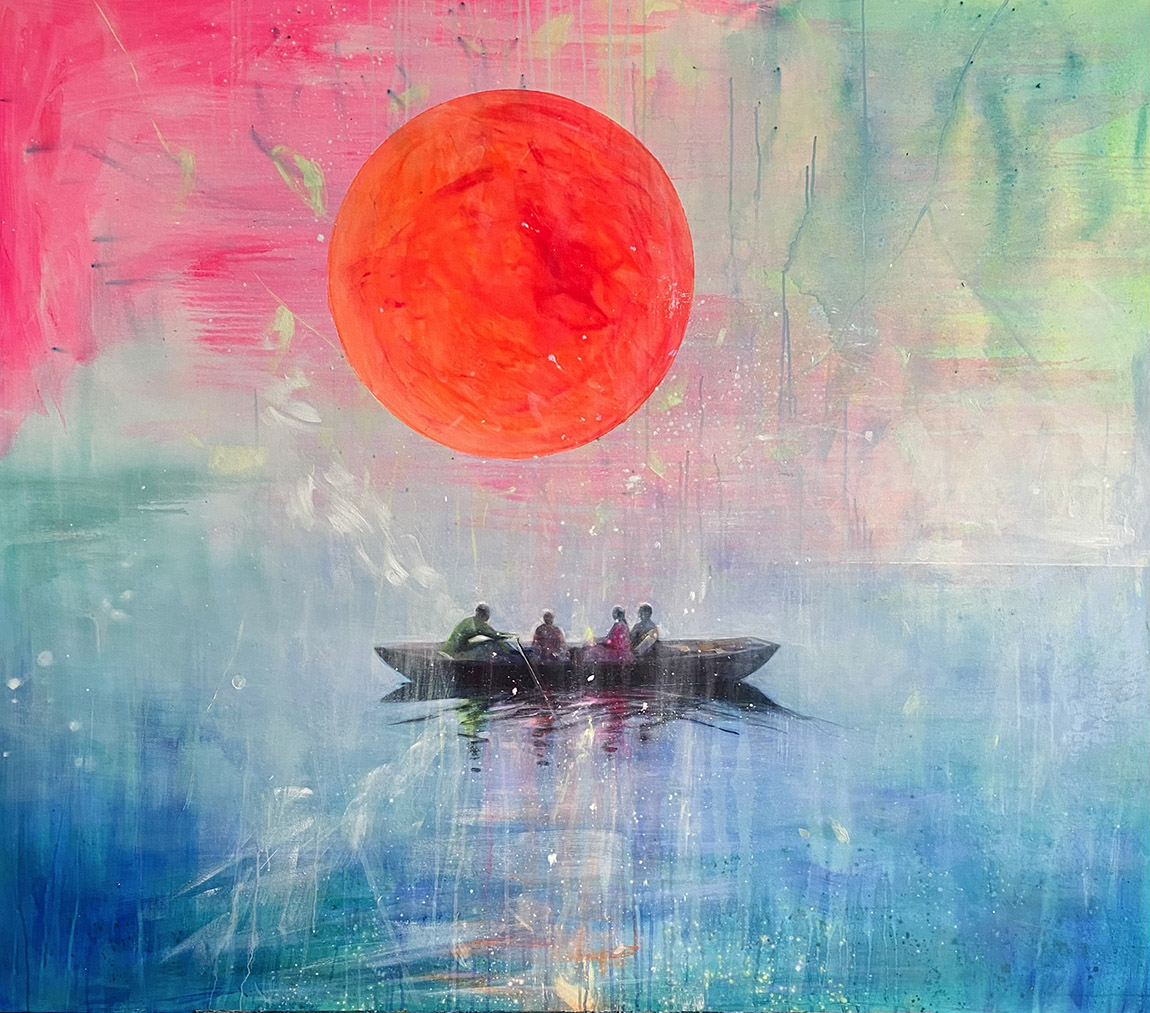
Existentialism is a recurrent theme in Holter’s art.
Coping With Sorrow and Loss
Holter’s art strikes a chord with audiences. One of her early solo exhibitions, Everything that was, still is (2011) at Oslo City Museum, was later invited to a MoMA project in New York aimed at people with dementia. Some visitors who hadn’t spoken in years began talking again as they viewed her work. “I was taken aback; I didn’t know my art could have that effect,” she says.
Since launching her website in 2006, Holter has built a national and international following. After the pandemic, she received a surge of inquiries – notably from doctors, neuroscientists, and psychologists whose patients discovered her art. “Their patients use my work as therapy, to cope with sorrow and loss. I recently lost my father, so I’m back to where I started – an orphan – and I truly appreciate hearing that.”
Her art, it seems, has never lost the boldness it gained from the beginning.
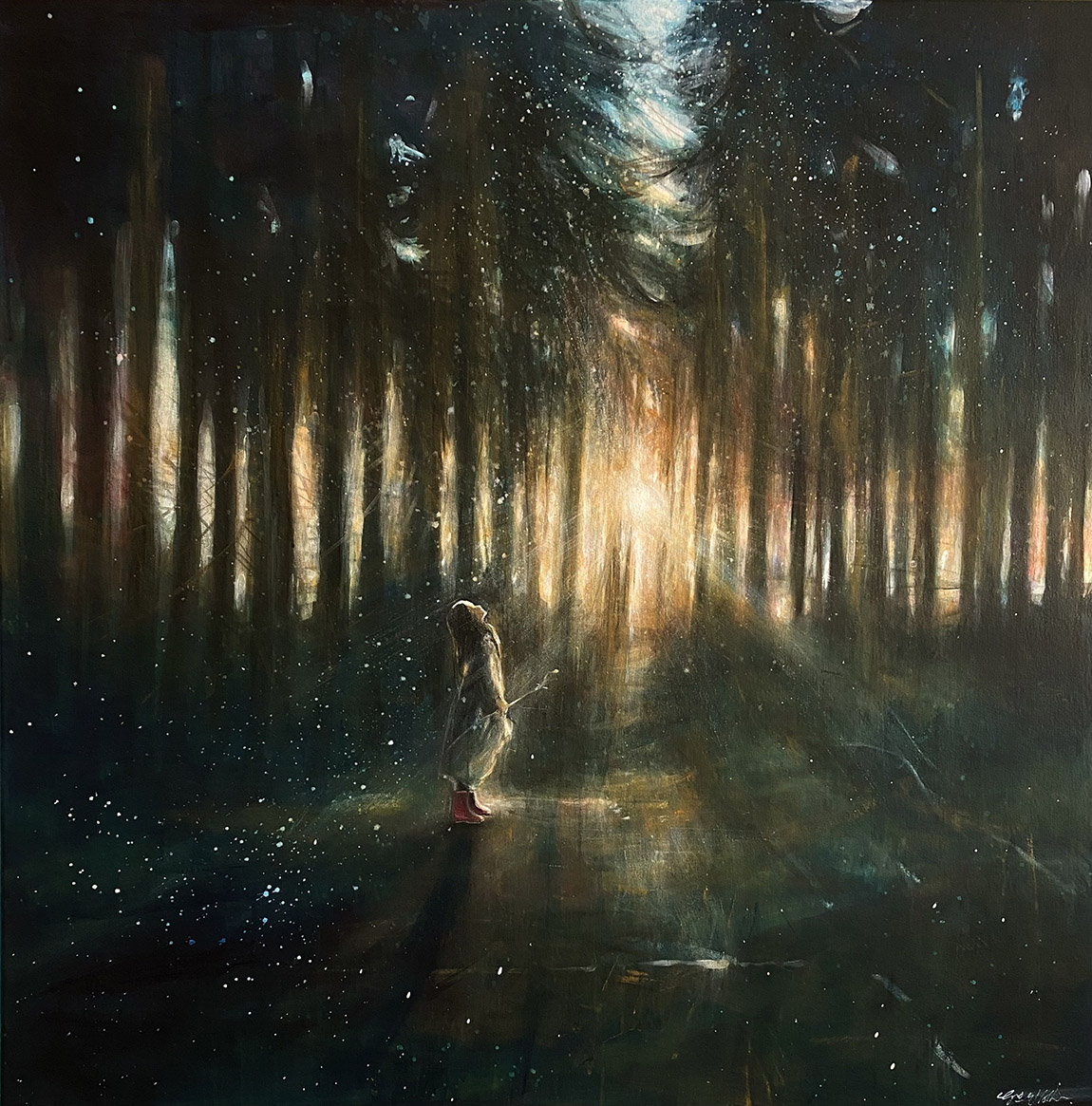
Holter’s art explores deeper psychological mechanisms from birth to death.
Web: www.groholter.no
Facebook: Gro Mukta Holter/// KUNST
Instagram: @groholter.no
Subscribe to Our Newsletter
Receive our monthly newsletter by email

